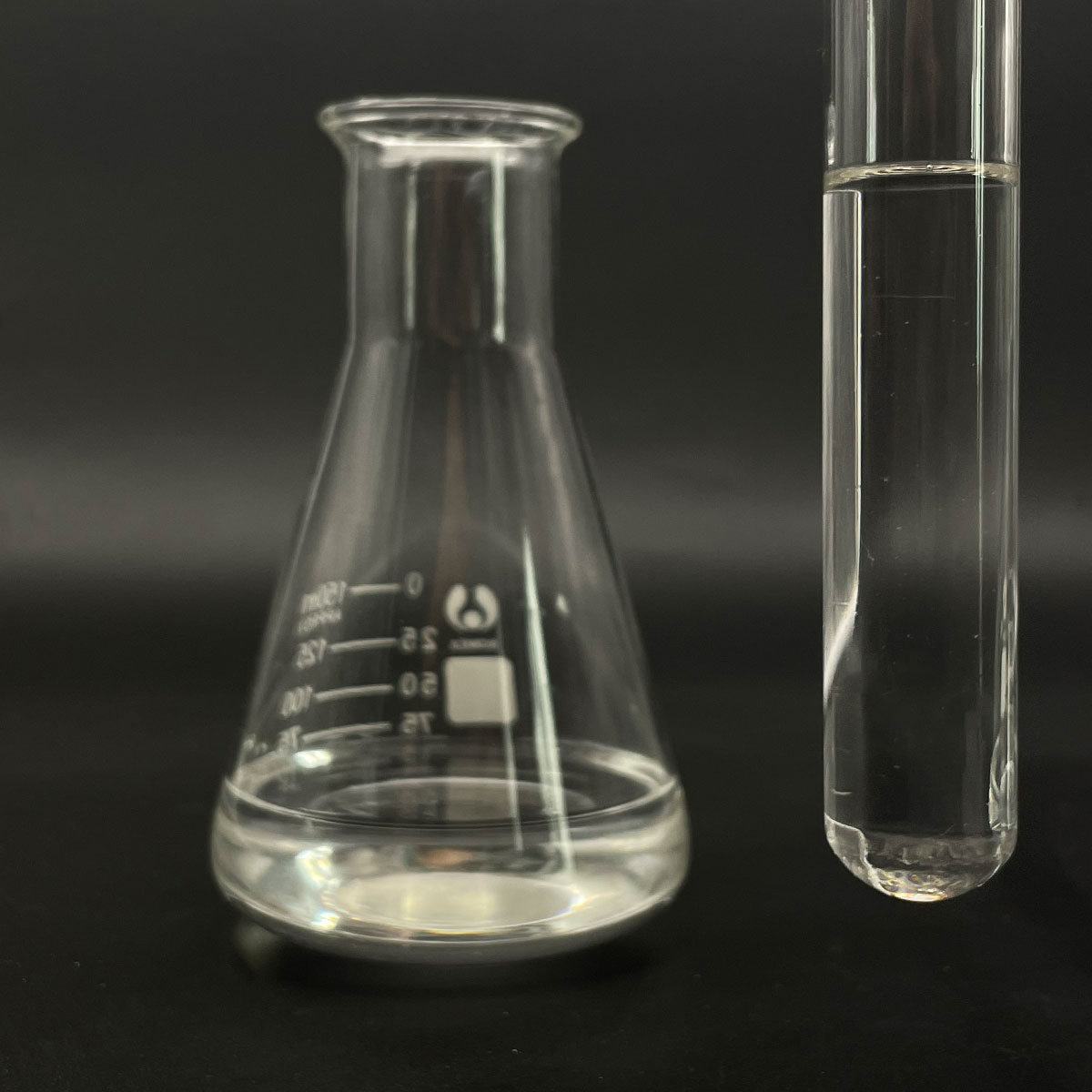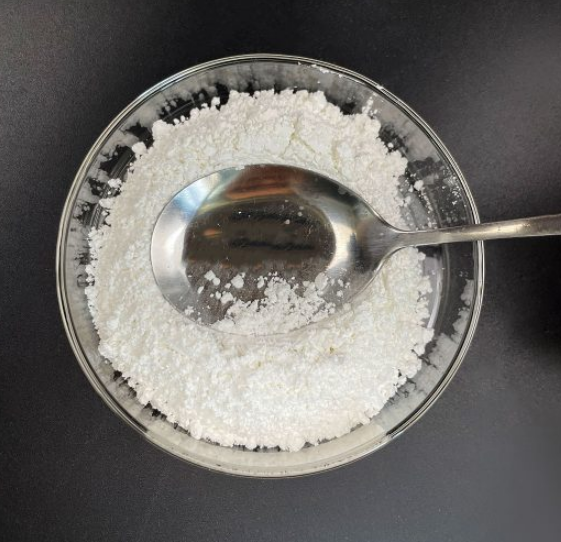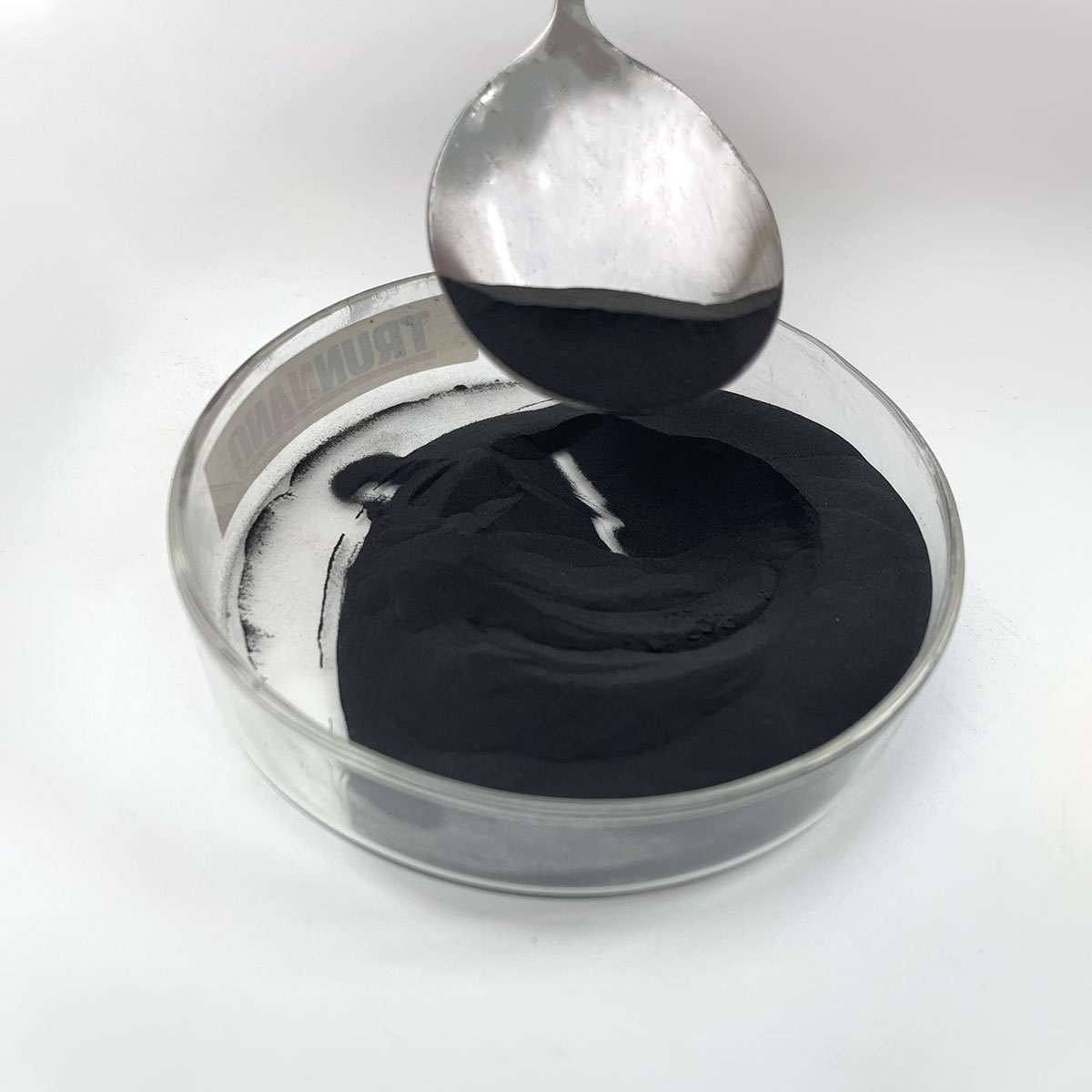1. Introduction
Just 24 hours ago, a major skincare brand announced a full reformulation of its best-selling cleanser to remove sodium lauryl sulfate (SLS) in response to rising consumer demand for gentler, eco-friendly ingredients. This move reflects a growing global trend: people are increasingly aware of how harsh surfactants like SLS can irritate skin, disrupt ecosystems, and even affect respiratory health when aerosolized. If you’ve ever experienced dryness, redness, or itching after using shampoos or soaps—and suspect SLS might be the culprit—you’re not alone.

This guide walks you through practical steps to identify, replace, or avoid sodium lauryl sulfate in both DIY and store-bought products. Whether you’re formulating your own shampoo, mixing herbicides for your lawn, or simply reading labels at the grocery store, you’ll learn how to choose safer, effective alternatives without sacrificing cleaning power.
2. Understanding Sodium Lauryl Sulfate and Its Role as a Surfactant
Sodium lauryl sulfate (also known as sodium dodecyl sulfate, SLS, or natrium lauryl sulfate) is a powerful anionic surfactant widely used for its foaming and cleansing abilities. The meaning of surfactant is simple: it’s a compound that reduces surface tension between liquids or between a liquid and a solid, helping products spread, wet surfaces, and lift away oils and dirt.
While effective, SLS is known to be harsh—especially for sensitive skin. It’s often confused with sodium laureth sulfate (also called sodium lauryl ether sulfate or sodium lauryl ether sulphate), which is milder due to ethoxylation (the addition of ethoxylated alcohol groups). Both are anionic surfactants, but SLS is more irritating.
3. Common Problems Caused by Sodium Lauryl Sulfate

Many users report issues like skin dryness, eye irritation, or scalp flaking when using products with high SLS concentrations. In agricultural settings, SLS-based surfactants can harm beneficial soil microbes when used as a lawn wetting agent or surfactant for weed killer. Additionally, SLS is not biodegradable as quickly as newer bio surfactants, raising environmental concerns.
- Skin and eye irritation, especially in children or people with eczema
- Disruption of natural skin barrier due to over-cleansing
- Environmental toxicity when washed into waterways
- Incompatibility with cationic ingredients (like cetyl trimethyl ammonium bromide or CTAB), leading to formulation instability
4. Step-by-Step Guide to Replacing SLS in Your Formulations
4.1. Identify All Names for SLS on Labels
Before replacing SLS, know how to spot it. Look for: sls sodium lauryl sulfate, na lauryl sulfate, lauryl sulfate, sls sulfate, or even ammonium lauryl sulfate (a close relative). Some brands use ‘sodium dodecylbenzene sulfonate’—another anionic surfactant with similar properties.

4.2. Choose a Gentler Surfactant Based on Your Needs
Not all surfactants are equal. Match the replacement to your product type:
- For shampoos and body washes: Use amphoteric surfactants like cocamidopropyl betaine (also called coco betaine, amidopropyl betaine, or coco amido propyl betaine). These are mild, foam-boosting, and compatible with anionic and cationic systems.
- For sulfate-free cleansers: Try sodium cocoyl isethionate, sodium lauroyl sarcosinate (or lauroyl sarcosinate), or sodium cocoyl glutamate. These are derived from coconut or amino acids and are very skin-friendly.
- For eco-friendly herbicides: Use nonionic surfactants like polysorbate 80, Span80, or alkyl polyglucoside (e.g., decyl glucoside or coco glucoside). These act as effective surfactant for herbicides without harming plants or soil.
4.3. Avoid Problematic Combinations
Never mix anionic surfactants (like SLS) with cationic surfactants (like cetyltrimethylammonium bromide) in the same formula—they’ll neutralize each other and form gunk. If your product contains conditioning agents (often cationic), stick to amphoteric or nonionic surfactants like Pluronic 127 (poloxamer 188) or ethoxylated alcohols.
4.4. DIY SLS-Free Shampoo Recipe (Simple Version)
Mix the following in a clean bottle:
- ½ cup distilled water
- ¼ cup liquid castile soap (contains sodium coco sulfate, a milder alternative)
- 1 tbsp coco betaine (for foam and mildness)
- 1 tsp glycerin (humectant)
- 10 drops essential oil (optional)
Shake well before each use. This avoids SLS, sodium laureth, and laureth sulphate entirely while still cleansing effectively.
5. Where to Buy Safe Alternatives
If you’re sourcing ingredients, look for reputable suppliers like Rohit Surfactants Private Limited, which offers bio surfactants including alkyl polyglucoside and sodium lauroyl methyl isethionate. For home use, many natural brands sell ‘sodium lauryl sulfate for sale’ alternatives labeled as ‘SLS-free’ or ‘sulfate-free.’ Always verify the INCI name—some products misleadingly claim to be sulfate-free but contain sodium laureth sulfate (sls sodium laureth sulfate), which is technically a sulfate.
6. Special Considerations for Agricultural Use
When using surfactants in herbicides or as a wetting agent for grass, avoid SLS. Instead, opt for lignin sulfonate (a natural byproduct of papermaking) or methylated seed oil combined with a nonionic surfactant. These improve herbicide adhesion without phytotoxicity. Never use copper 1 bromide or fluoro surfactant in home gardens—they’re industrial-grade and hazardous.
7. Conclusion
Replacing sodium lauryl sulfate doesn’t mean sacrificing performance. With the right knowledge of surfactant chemistry—understanding the differences between anionic, cationic, nonionic, and amphoteric types—you can create or choose products that clean effectively while being kinder to your skin and the planet. Start by reading labels, experiment with gentle alternatives like decyl glucoside or coco betaine, and remember: less foam doesn’t mean less clean.
Our Website founded on October 17, 2012, is a high-tech enterprise committed to the research and development, production, processing, sales and technical services of ceramic relative materials such as How. Our products includes but not limited to Boron Carbide Ceramic Products, Boron Nitride Ceramic Products, Silicon Carbide Ceramic Products, Silicon Nitride Ceramic Products, Zirconium Dioxide Ceramic Products, etc. If you are interested, please feel free to contact us.


